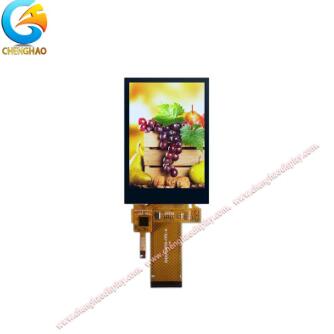Communication Protocols for Controlling a 3.5 Inch IPS TFT Display with Capacitive Touch
2024-08-09
Controlling a 3.5 Inch IPS TFT Display with Capacitive Touch involves understanding various communication protocols that facilitate interaction between the display and the controlling microcontroller or processor. Here, we delve into the key protocols used for this purpose.
1. SPI (Serial Peripheral Interface)
SPI is a high-speed protocol commonly used for TFT displays. It allows for efficient data transfer with minimal wiring, using four main lines: MOSI, MISO, SCK, and CS. SPI’s full-duplex capability means it can send and receive data simultaneously, making it ideal for real-time display updates and interactive applications.
2. I2C (Inter-Integrated Circuit)
I2C is a simpler, two-wire protocol that is often used when fewer pins are available or when connecting multiple devices on the same bus. It uses SDA for data transmission and SCL for clock signals. While it generally operates at lower speeds compared to SPI, I2C’s ease of use and ability to support multiple devices make it a suitable choice for less demanding applications.
3. Parallel Communication
Parallel communication involves sending data across multiple lines simultaneously, allowing for faster data transfer compared to serial methods. This protocol can be either 8-bit or 16-bit, depending on the display's requirements. Parallel communication is ideal for applications needing high data throughput, but it requires more pins and careful timing management.
4. RGB Interface
The RGB interface is specifically designed to handle high-resolution color data. It includes dedicated lines for Red, Green, and Blue color channels, along with synchronization signals like HSYNC and VSYNC. This protocol supports high color accuracy and is used in applications where detailed and vibrant visuals are critical.
Conclusion
Selecting the appropriate communication protocol for your 3.5 Inch IPS TFT Display with Capacitive Touch is essential for achieving optimal performance and reliability. Whether you choose SPI for speed, I2C for simplicity, parallel for high data rates, or RGB for color fidelity, each protocol offers unique benefits tailored to different project requirements. Understanding these options ensures effective control and integration in your display projects.



